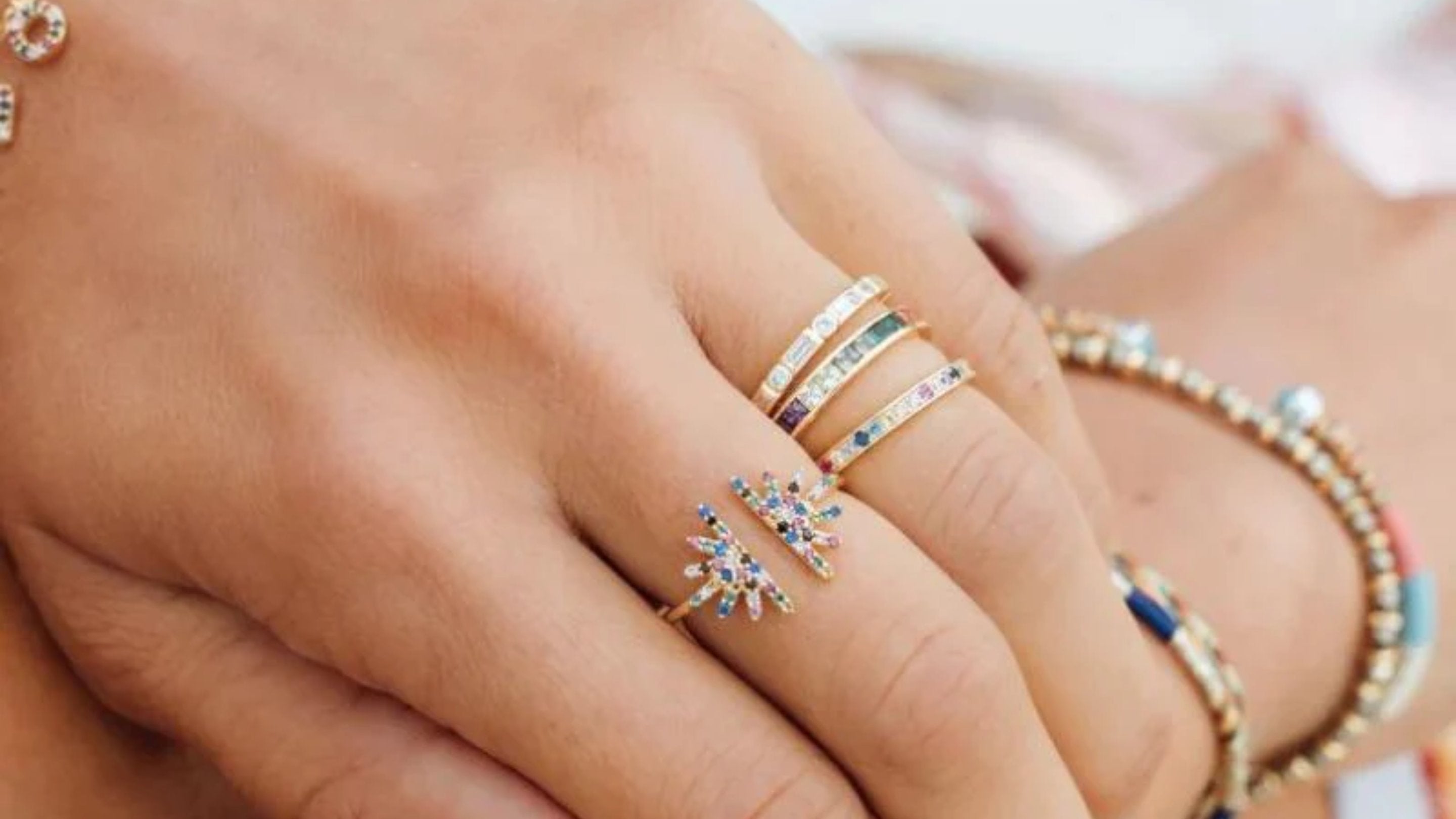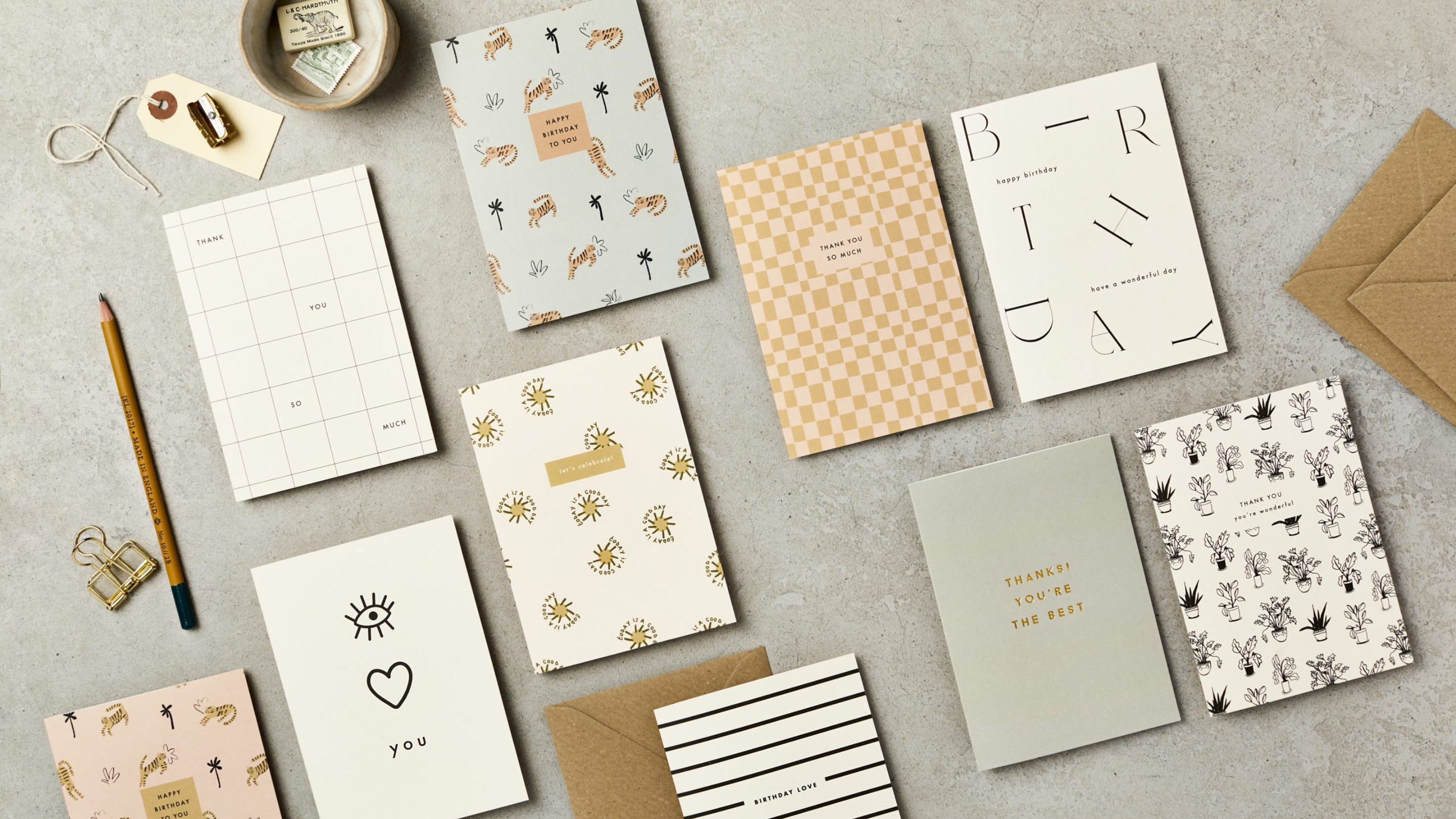The Velvet Blazer - Styling this hardworking wardrobe staple

"Velvet has become a fabric used especially for night time, party, and occasion wear for its lustrousness...and if there's one season synonymous with festivity and sartorial celebration, it's certainly winter..!"
Whilst the humble blazer has always been an incredibly hard-working item in our wardrobe, it may surprise you to hear that a blazer in velvet may just be at the top of our lists this season. Much more versatile than first would have been thought - we often see this fabric gracing Autumn/Winter runways - these blazers are easily dressed up or down year round! Find out more about the history of velvet and how we style ours!
There's nothing quite like the feel of velvet - a soft and luxurious texture with its silky feel and sumptuous pile. A fabric of Royalty, Velvet is made from millions of fine threads woven in a special loom that combines and weaves together sheets of material of different thicknesses closely together. These layers are then carefully separated to leave the soft thick pile effect we all know and love. A labour-intensive process, historically, the fabric was accessible only to the very wealthy.
The History of the Fabric
Whilst it is difficult to ascertain with any certainty whether Egypt was the original and sole producer of velvet, evidence of weft-cut pile fabrics can be traced back to this land in as early as 2000BC.
Of all the material used to produce velvet, silk was most preferred by Royalty due to its soft handle and elegant sheen which cotton and linen could not produce. Becoming more readily available around the world thanks to the ancient Silk Road trading route, it was the artistic advancement by artisans throughout the Middle East that allowed for more intricate products and fabrics - such as velvet - to be produced.
As the Mughals came into power throughout India, velvet was extensively promoted. With a rich history of weaving, production of velvet and velvet-like textiles can be traced back from tales of travellers as far back as the 10th to 15th centuries.
At it's height, many variations were being produced - from plain velvet to embossed, painted and embroidered.

Self Adornment
Much like when we looked at silk in a previous blog, the adornment of oneself to affirm position and power has been common practice for centuries. It's unique look and handle made velvet a perfect choice for this, although it was notably used more for male garments.
The thickness of the fabric made it ideal for formal and evening gowns, as well as winterwear. Furthermore, it's feel against the skin made velvet a popular choice for the lining of garments such as clothing and slippers, as well as accessories like purses which were carried by both men and women.
Worldwide, velvet had religious purposes too, such as covering holy books and scriptures, was used in upholstery - from tents to wall hangings - and adorned the animals of Royalty!

From Fabric to Fashion
Throughout the Renaissance period, velvet was used by the rich for everything from clothing to wall coverings, from religious robes to lavish costumes for royalty. Henry VIII famously commissioned a velvet toilet seat, whilst Hampton Court Palace was decorated richly with opulent velvets.
However it wasn't just a matter of how expensive the fabric was, the ‘sumptuary laws’ of the time meant very few people were allowed to buy velvet and other luxury goods. These laws further specified the colours people were allowed to wear.
It wasn't until the 1800s and the arrival of the industrial revolution, that brought velvet into the public’s reach for the first time. Perhaps surprisingly, it fast became the fabric of choice by bohemians and hippies alike.


Modern velvet has come on hugely since it's initial inception. Now made from natural fibres including Cotton, linen, mohair, wool and even raffia palm, synthetic versions made from materials such as polyester, nylon, viscose, acetate and blended fabrics, are also on the rise. Slightly less luxurious perhaps, but still a gorgeous fabric.
Much like all fabrics, velvet has come a long way over the past 4000 years. Whilst it is now much more affordable, it is certainly no less beautiful than it once was. With it's mysterious, luxurious beauty, contemporary velvet fabric is just as indulgent as ever. Loved for it sheen, softness and silky texture, we love the fact that it is so versatile. No longer reserved for lush ball gowns, and outfits for special occasions, we can dress is up or down for every day wear. Here are the ways we would wear ours...























